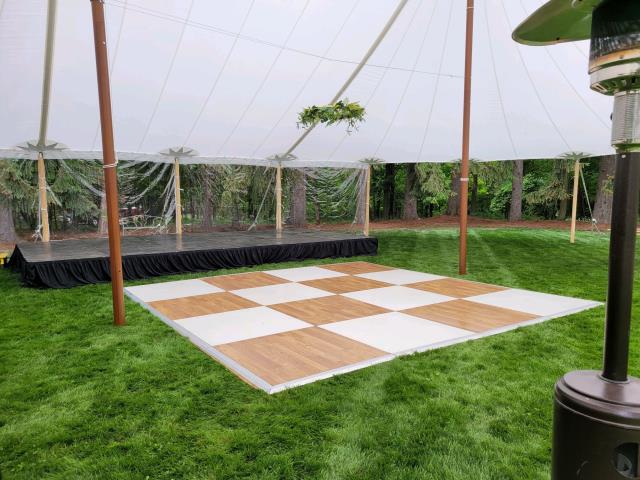Investigating the Diverse Materials That Convert Dance Surfaces into Stunning Aesthetic Experiences
Investigating the Diverse Materials That Convert Dance Surfaces into Stunning Aesthetic Experiences
Blog Article
Movement floors have developed significantly over the decades, becoming increasingly than just a space to move to music. Today, they are converted into stunning aesthetic encounters through the use of various materials and techniques. These materials not only improve the visual appeal of the space but also enhance the complete encounter for performers and audiences alike. Understanding the versatile substances that add to these dynamic environments can offer understanding into the craft of dance floor design.
One of the most frequent substances used in modern dance floors is LED lighting. Light-emitting diode lamps are energy-efficient and can produce a broad range of colors and impacts. They can be integrated in the floor itself or used as part of a lighting system above the dance floor. This technology allows for synchronized light shows that can change in response to the melodies, creating an engaging experience. The ability to configure these lamps means that they can be customized to fit different themes or atmospheres, making each event unique.
Another important substance is reflective materials, such as mirrors or shiny tiles. These surfaces can create an illusion of space and dimension, making the dance floor appear larger than it actually is. When dancers dance, their reflections can add an additional layer of aesthetic appeal, enhancing the complete performance. Additionally, mirror-like materials can engage with illumination effects, amplifying the hues and designs displayed on the floor. This combination of illumination and reflection can enthrall audiences and elevate the vitality of the event.
In furthermore to lighting and mirror-like materials, the use of electronic screens has grown progressively popular in dance floor creation. These screens can show vibrant images, graphics, or even live feeds of the show. By integrating digital innovation, occasion organizers can create a comprehensive encounter that engages both the performers and the spectators. The ability to alter images in real-time allows for a fluid environment that can adjust to the beat and energy of the melodies, making each moment feel new and thrilling.
Furthermore, the choice of surface material itself plays a crucial role in the complete experience. Traditional wooden dance floors are still preferred for their strength and performance qualities. However, more modern substances like synthetic and rubber are becoming popularity due to their versatility and simplicity of maintenance. These materials can provide better shock absorption, reducing the chance of harm for dancers. Additionally, they can be designed with multiple patterns and colors, allowing for artistic representation in the dance floor's appearance.
In summary, the transformation of dance floors into breathtaking visual encounters relies on a mix of creative materials and technologies. Light-emitting diode illumination, reflective surfaces, digital screens, and customized flooring substances all contribute to creating an engaging setting for performers and audiences. As technology continues to progress, the opportunities for improving dance floor creation will only grow, making future events navigate to this web-site even more captivating and unforgettable. Comprehending these materials helps appreciate the artistry involved in creating environments where movement and melodies come together in unison.